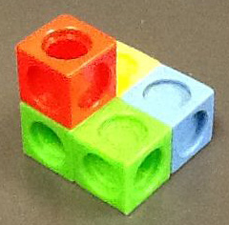Nanocars!?!?!
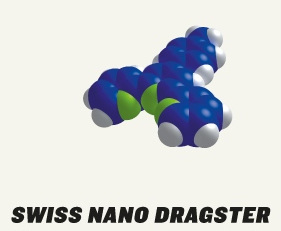
The goal of this design is to be simple so no molecule will fall off
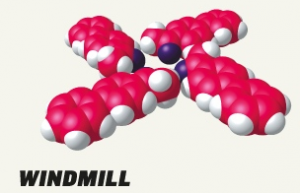
The structure of the windmill allows steering in all 4 directions
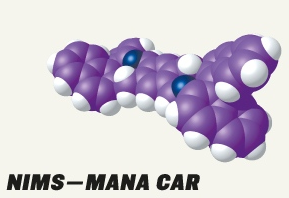
This car flaps like a butterfly
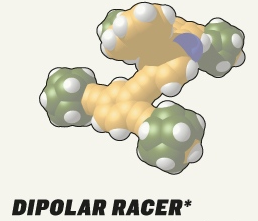
One of the only cars that have wheels, axels and a chassis
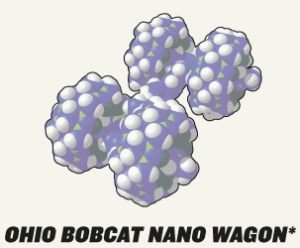
Wheels easily move on any surface
This website talks about a nanotechnology challenge/ competition. People have designed cars which are the size of a molecule. The competition takes place in France in an arena the size of 0.001 of a single human hair. This also serves an educational purpose which is how nanotech reacts to different surfaces. The cars will not have any motors and some designs do not have axels or wheels. The 6 designs are “The Green Buggy, “Swiss Nano Dragster, “Windmill”, “NIMS – Mana Car”, “Dipolar Racer” and “Ohio Bobcat Nano Wagon.” It will be a bit difficult to control the cars because they are so small and that is why it is a competition.









